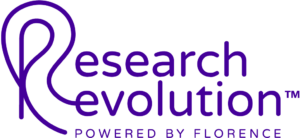Clinical Trial Task and Workflow Map
Welcome to our blog on simplifying the complexity of clinical trials with our eClinical Technology Vendor Map. This tool is designed to help professionals navigate the intricacies of clinical trial operations by providing a detailed overview of the trial lifecycle, identifying key stakeholders, and highlighting technologies that can optimize processes.
Our map documents the tasks involved in a typical industry-sponsored clinical trial, from planning to closeout, acknowledging the variability and role overlap among sponsors, CROs, sites, and participants. It organizes tasks by responsible party and phase, offering a clear view of how trials progress and how different tasks interconnect.
We’ve also categorized tasks based on available technology solutions, aiming to spotlight opportunities for technology integration and workload management. This initiative has been reviewed and recognized by clinical trial professionals for its relevance and accuracy.
Explore our technology map to better understand how to leverage technology in clinical trial operations and contribute to our growing knowledge base.
Cataloging eClinical Technology
Our interactive content map aims to:
- Document typical workflows in the clinical trial lifecycle
- Identify stakeholders involved in respective workflows
- Highlight potential technologies to optimize each process
Generalization of a Standard Clinical Trial
Our map encapsulates tasks involved in an average industry sponsored clinical trial, from study planning through closeout. It accounts for variability within sponsors, CROs, sites and patients throughout study phases. It also allows for role overlap, as many tasks could be conducted by different parties depending on the study design.
Time-scaled Visualization:
The tasks are organized by the responsible party (Sponsor, Sponsor/CRO, Site, Participant). Overlap is allowed between parties because there are many tasks that could be conducted by the Sponsor or CRO, depending on the study contract. There are also tasks that involve both the Sponsor/CRO and Site, or both the Site and Participant. The tasks are organized on a horizontal time-scale according to the study phase. This makes it easy to understand dependencies between trial phases and respective stakeholders. It offers a suggestive idea of which tasks can run in parallel and which ones are subsequent to each other.
A Continuous, Not Discrete Flow
The progression of a study is continuous, not discrete. In other words, not all study-sites in a study are in the same phase of the study at the same time. Due to capacity limitations and natural differences in study-site timelines, study-sites move progressively through the study stages in waves. This map represents the flow for each site in the process.
Categorized Tasks By Available Technology Solution
We’ve organized tasks into five categories based on the technology available in the market to complete them. Not all tasks done in a trial are served by technology, and not every trial uses every technology. By categorizing these tasks by technology we can identify opportunities for technology integrations, visualize staff workload, and explain what tasks are continuous throughout the study.
Recognized and Reviewed
Our content map has been reviewed by a group of clinical trial professionals from sponsors, sites, and CROs, ensuring its relevance and accuracy.
Access the Complete Interactive Vendor Map
We invite you to contribute to our map and help us build a foundation of knowledge for thinking about how to leverage technology to evolve clinical trial operations. See how this map is addressed by technology solutions.
“The original goal of this project was to help educate industry newcomers on the complex series of tasks and stakeholders required to execute a clinical trial. That highlighted a need for explaining the technology products that support the complex trial process, which evolved to analyzing the vendor landscape that supplies those products. The end result is a unique set of tools that are useful for newcomers and industry veterans alike.”



